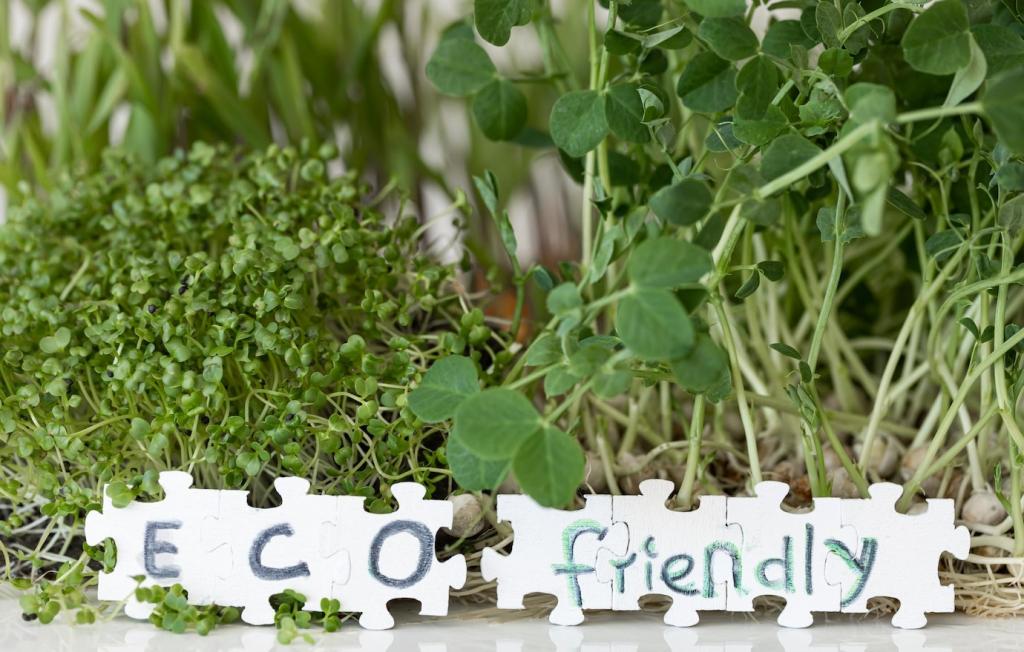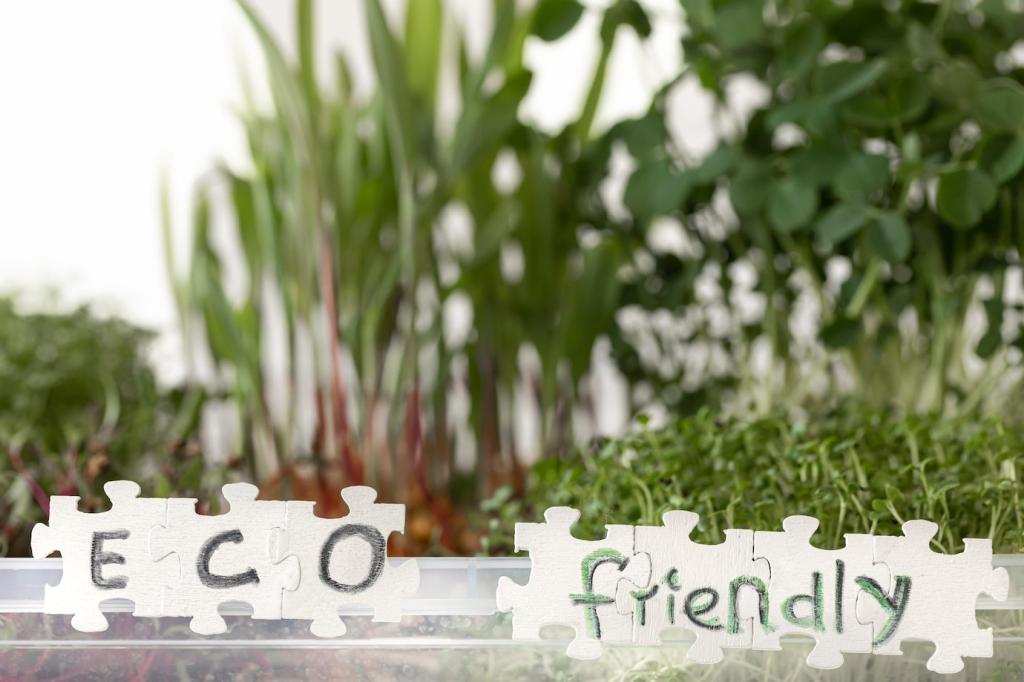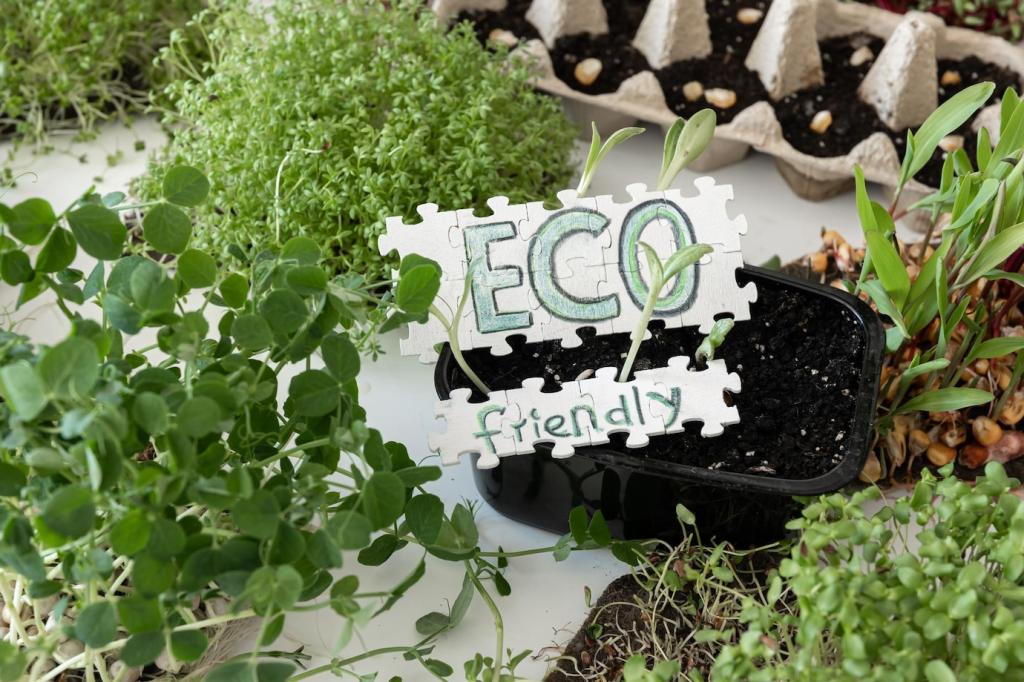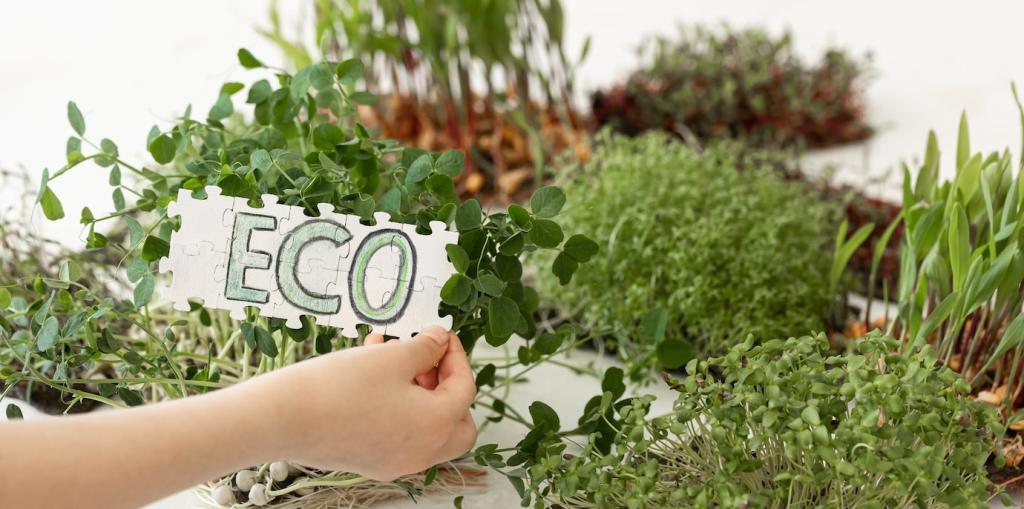
Crafting Persuasive Narratives for Sustainable Architecture Marketing
Chosen theme: Crafting Persuasive Narratives for Sustainable Architecture Marketing. Welcome to a space where design purpose meets story power. Here, we turn technical performance into human meaning, so your sustainable projects are not just admired, but championed, funded, and built. Subscribe to join architects, strategists, and clients shaping a low‑carbon future through compelling storytelling.

From statistics to stakes
Buildings contribute about a third of global energy-related emissions, yet numbers alone rarely drive action. Reframe the data as personal stakes: classrooms cooler during heatwaves, lower bills funding teacher salaries, and daylight improving attendance. Suddenly, sustainability becomes a shared, urgent priority.
The empathy bridge
An empathetic narrative begins where your audience stands. A city planner fears risk; a principal fears disruption; a CFO fears regret. Speak to each fear with relatable scenes, not jargon. Empathy turns resistance into curiosity, and curiosity opens doors to commitment.
Invite readers into the mission
Stories feel incomplete without a role for the listener. Offer a next step that matters: a tour of a net-zero wing, a five-minute audit checklist, or a webinar. Comment with the audience you struggle to reach, and we will tailor examples.
Begin with lived pain: summer classrooms hitting unsafe temperatures, unpredictable utility spikes, or rising insurance premiums from climate risk. Use concise sensory detail to anchor urgency. When stakeholders see their world on the page, they naturally ask for the next chapter.

Personas and Stakeholders: Speaking Each Decision-Maker’s Language
Lead with lifecycle value, predictable cash flow, and risk mitigation. Frame electrification, envelope upgrades, and controls as an asset strategy, not a moral plea. Use conservative assumptions, sensitivity ranges, and maintenance savings. The CFO buys the story that protects future budgets.




Before-After-Bridge, done right
Start with a snapshot of discomfort, cost, or risk. End with measurable health, resilience, and budget stability. Build the bridge with design moves, stakeholder moments, and commissioning wins. This structure keeps sustainable architecture marketing grounded and irresistibly forward-looking.
Micro-moments that prove momentum
Include tiny turning points: a principal noticing quieter hallways, a maintenance lead celebrating easier filter changes, or a neighbor’s first shaded walk. Micro-moments authenticate results better than slogans and make complex performance achievements relatable to everyday experience.
Social proof with substance
Quotes work when specific. Capture a finance director noting predictable utility bills or a teacher describing fewer headaches. Reference post-occupancy monitoring and commissioning reports. Substance turns testimonials from decoration into evidence, strengthening sustainable architecture marketing without overpromising.


Channels and Touchpoints for Your Sustainable Narrative
Design your project page to flow from daylight to data: short film, clear diagrams, and a scannable timeline. Add a live performance widget when possible. Make the call to action visible, modest, and helpful—like a downloadable brief or tour sign-up.
Channels and Touchpoints for Your Sustainable Narrative
Host walkthroughs during different seasons to show comfort across conditions. Include hands-on stops: touch the insulation mockup, compare glare control options, hear equipment noise levels. Experiences convert skeptics faster than slides, making sustainable architecture marketing tactile and unforgettable.
Calls to Action That Respect Values
Offer next steps that reduce friction
Propose low-risk commitments: a discovery call with facilities, a brief energy baseline review, or a small pilot zone. Give transparent timelines and preparation guides. Lowering cognitive load keeps sustainable architecture marketing honest while nudging projects into motion.
Invite collaboration, not clicks
End with collaborative language: co-design workshops, stakeholder interviews, or a commissioning walkthrough. This frames engagement as shared learning rather than sales. People commit to processes they help shape, especially when sustainability decisions will affect daily routines for years.
Close the loop and keep listening
After any action, follow up with a concise summary, two visual insights, and one question. Listening compounds trust and reveals obstacles early. Sustainable architecture narratives grow stronger when they evolve with feedback rather than ending at a signature line.
